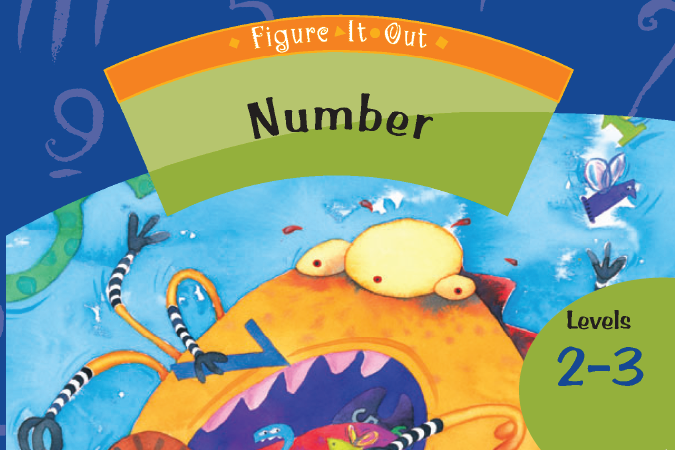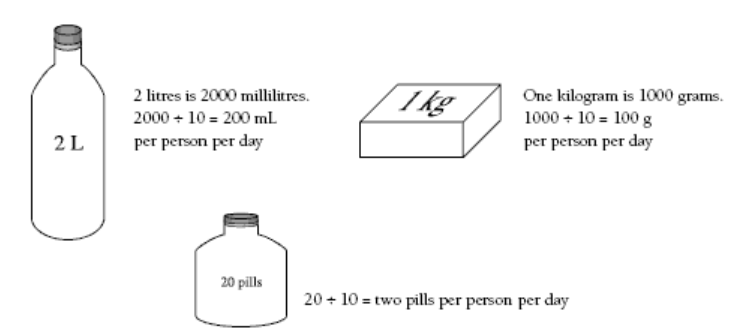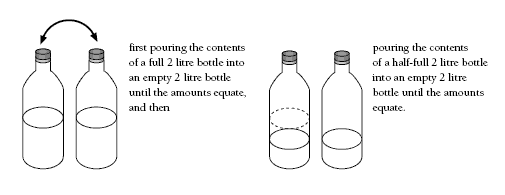Don't ditch the boat
This is a level 3 number and measurement activity from the Figure It Out series. It relates to stage 6 of the number framework. A PDF of the student activity is included.

About this resource
Figure It Out is a series of 80 books published between 1999 and 2009 to support teaching and learning in New Zealand classrooms.
This resource provides the teachers’ notes and answers for one activity from the Figure It Out series. A printable PDF of the student activity can be downloaded from the materials that come with this resource.
Specific learning outcomes:
- Find fractions of mass and volume.
Don't ditch the boat
Achievement objectives
NA3-1: Use a range of additive and simple multiplicative strategies with whole numbers, fractions, decimals, and percentages.
GM3-1: Use linear scales and whole numbers of metric units for length, area, volume and capacity, weight (mass), angle, temperature, and time.
Required materials
- Figure It Out, Levels 2–3, Number, "Don't ditch the boat ", page 23
- scales
- measuring jugs
- 2 litre plastic bottles filled with water
- plasticine or play dough (for the survival slab)
- counters (for pills)
See Materials that come with this resource to download:
- Don't ditch the boat activity (.pdf)
Activity
Providing students with a physical model of the problem, that is, a full 2-litre bottle of water, 1 kilogram of plasticine or play dough, and a jar of 20 counters, will help them work through the problem by identifying the important information.
For five sailors, 2 litres of water, 1 kilogram of survival slab, and 20 pills must last for 2 days.
Suggest that students consider each of the rations separately. A logical path to the solution might be:
Five people for two days requires 10 equal parts (tenths).

Some students may divide the ratios in half to get a daily amount and then divide this amount into fifths. Similar reasoning can be applied to the situation in question 4, where there are four people in the boat.
- 2000 mL ÷ 8 = 250 mL per person per day (water)
- 1000 g ÷ 8 = 125 g per person per day (survival slab)
- 20 ÷ 8 = 21/2 pills per person per day (vitamins)
Students who are not familiar with metric units are likely to use innovative ways to divide the amounts.
For example, eighths of a 2-litre bottle can be found by:

Repeat the pouring with quarters of a bottle to get eighths.
1.
200 mL
2.
100 g
3.
2
4.
250 mL of water, 125 g of survival slab, and 2 pills each day or 2 pills one day and 3 pills the other day.
The quality of the images on this page may vary depending on the device you are using.


